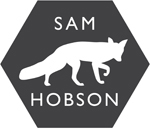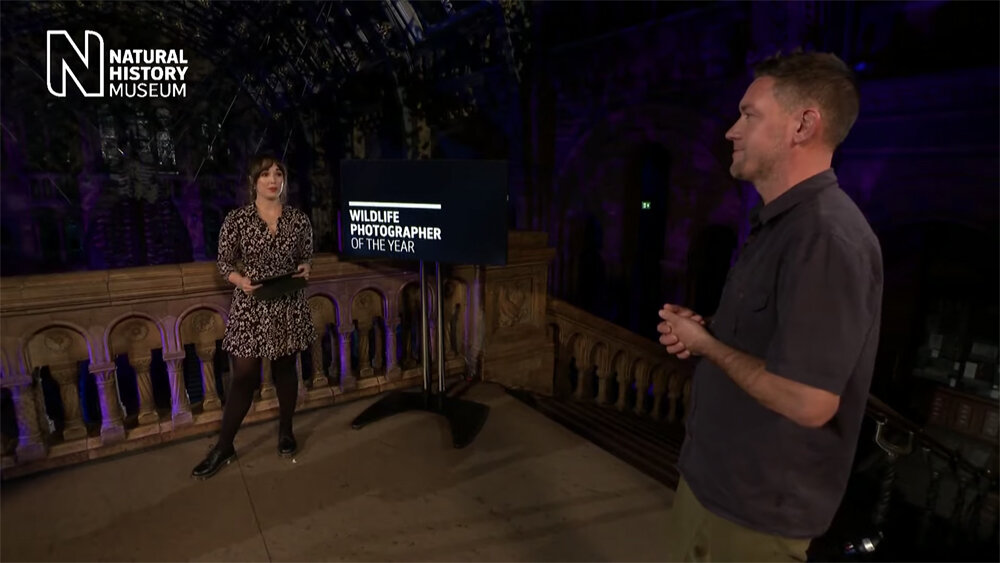THE SHOW MUST GO ON!
Representing wildlife photography at the first socially distanced Wildlife Photographer of the Year Awards
Let’s not beat around the bush - 2020 has been the weirdest year most of us can remember. With all of the restrictions around social distancing, it was also one of the strangest years for the NHM Wildlife Photographer of the Year Awards in its half-century history. Typically, there’s a big ceremony held at the Hintze Hall (the main entrance atrium where Hope and Dippy have welcomed 5 million annual visitors) in the Natural History Museum, where all of the winners, judges and special guests get dressed up for dinner with the dinosaurs and amazing stories are shared, speeches are made and awards are handed out. But this year of course, that wasn’t possible…
HOWEVER! The Natural History Museum and the team at Wildlife Photographer of the Year made certain that despite the pandemic, we would celebrate wildlife photography and the show would go on. Chris Packham and Megan McCubbin were invited to host the first ever live-streamed and socially distanced ceremony and the winners were invited to accept their awards online in real-time, so that we could all get a glimpse inside the awards from the comfort of our homes.
Having been awarded in the competition twice previously, I was invited to attend and be on hand to answer any questions from the public. It was a little strange to be the only photographer physically there, but it was really great to see the event come together and all of the hard work the organisers put in to make it work despite the pandemic! You can watch the main event via the link below, but the stream of the intro and all of the behind-the-scenes extras etc. is unfortunately only available via a private link.
The 2020 overall winner was this amazing image displayed below by Sergey Gorshkov. I don’t want to get into the technicalities of why this was such a difficult image to capture, but trust me - IT WAS! But… I do want to say that this winning image is representative of the sea-change that we are experiencing as human beings. There is a wild part of us inside that resents losing our connection with nature and will do everything we can to cling to it. This pandemic has made us all realise how important nature is for our physical and mental health and for me, this image is about embracing and remembering that. Roll on WPY 2021!






















